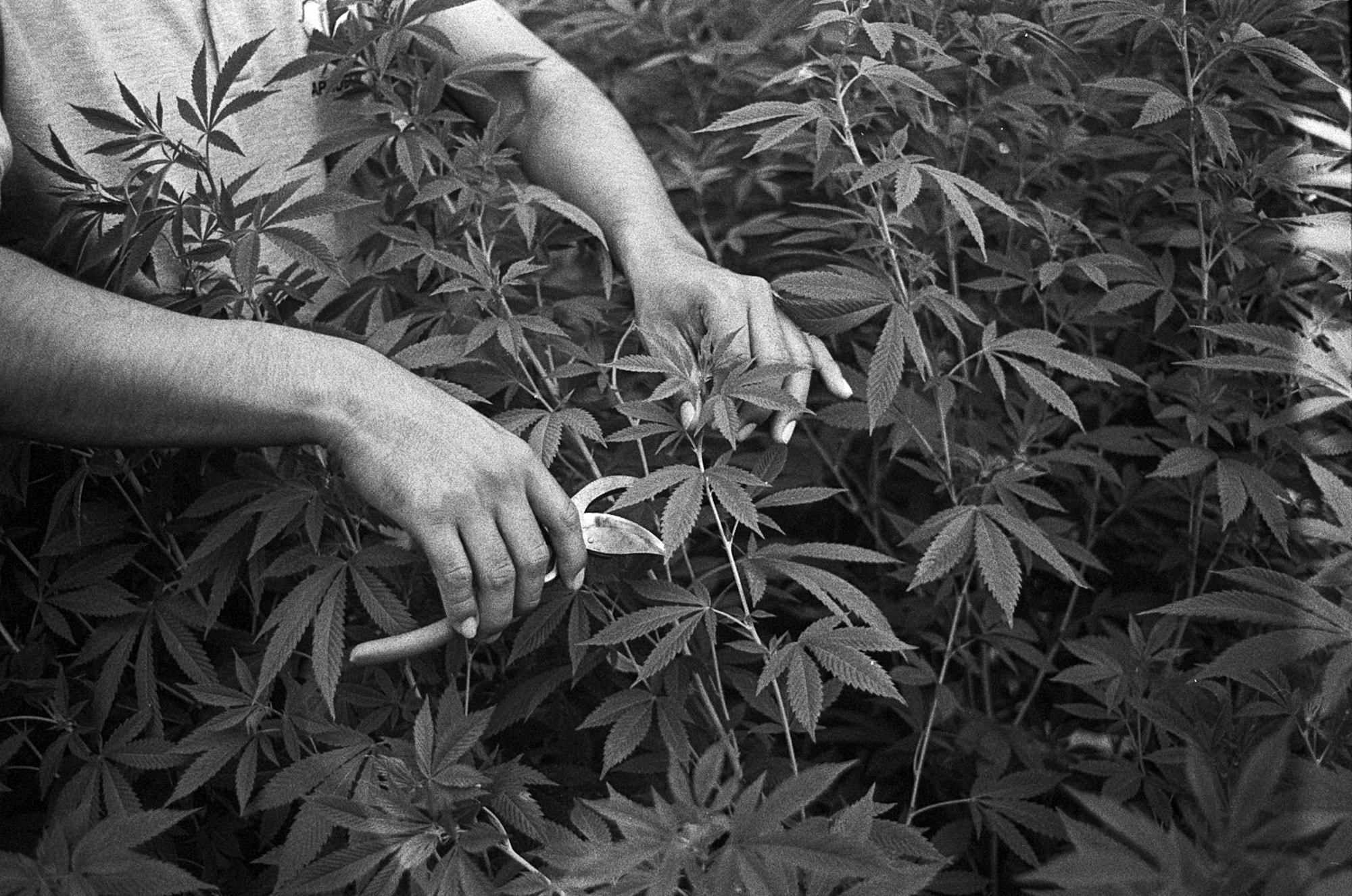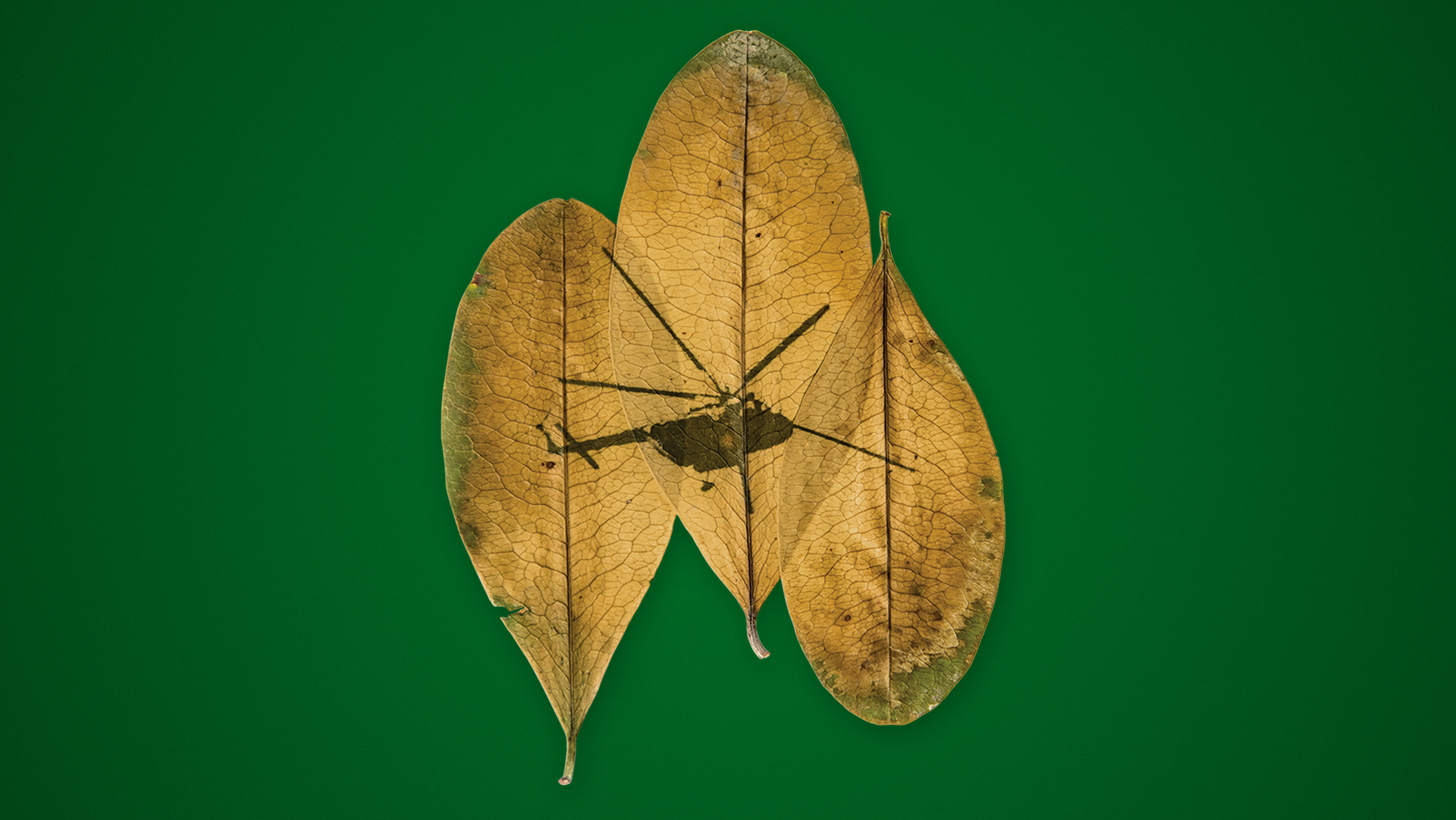
The D-P-V- La guerra fallida exhibition is open
The World’s governments spend over one hundred billion dollars a year on prohibitionist policy. One quarter of the total is the budget of the United States for the combat against drugs in Latin America. But “The war against drugs” had failed and the proof is the hundreds of thousands of fatal victims, the disappeared, the saturated jails with peasants, dealers and drug users. More than half a century after Richard Nixon impulsed the war strategy (1971), there are more than three hundred millions of illegal substance users on the planet. Is time to tell other stories.
The Cultural Secretary of the Mexican government, through the Centro de la Imagen (México City) exhibit the work DPV (Drugs, politics and violence). “La guerra fallida” is a multimedia project about drug policy and its consequences in Latin America, under the coordination and curatorship of Claudi Carreras. Is the result of the multi-platform investigation directed by Fundación VIST.
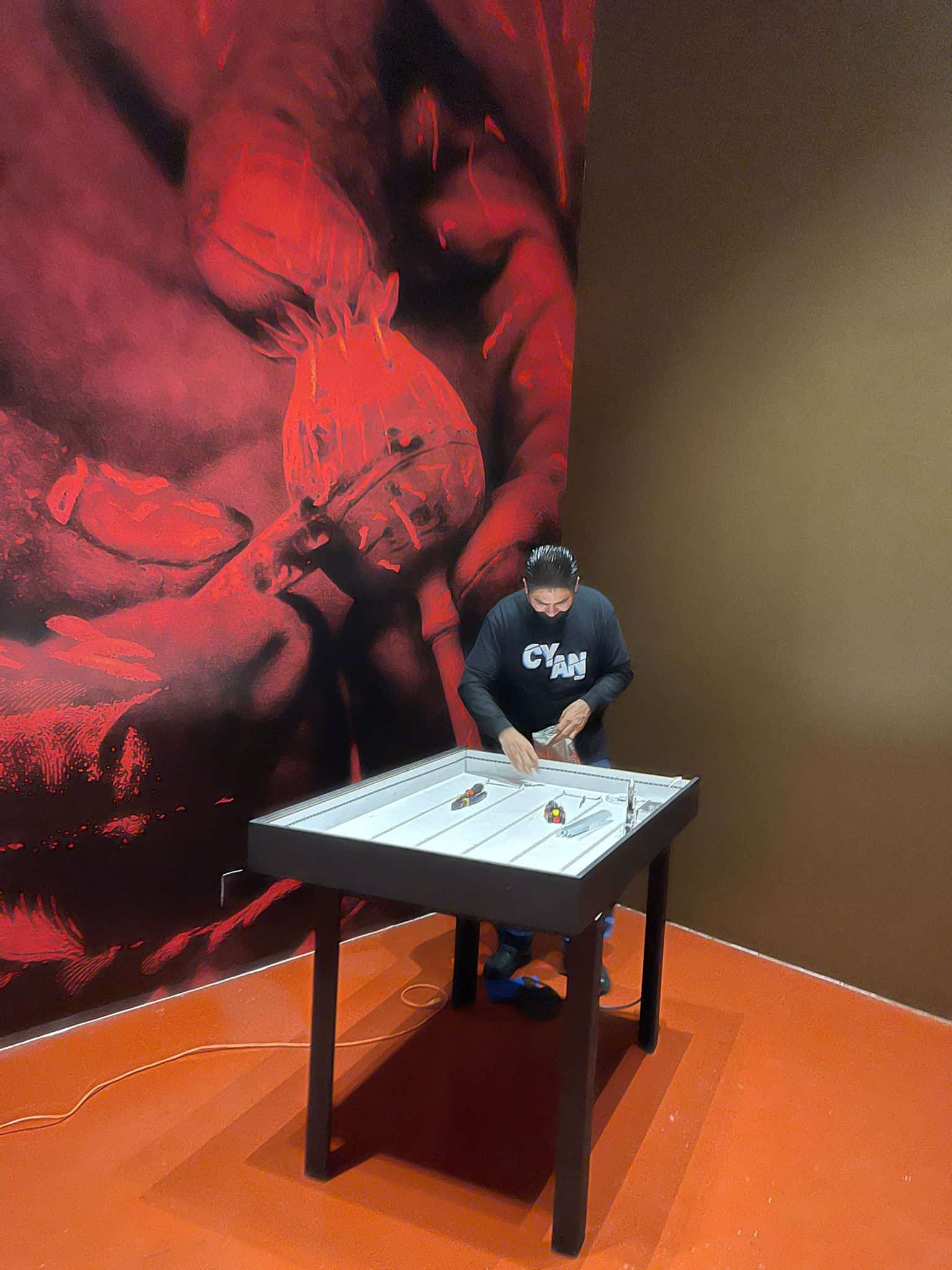
We propose a new look at drug policies, we seek to build bridges to understand the multiple phenomena that occur through the chain of drug production and consumption. We are fomenting creative dialogues between researchers, opinion leadership, cultural agents and civil society. Photographers, artists, journalists, writers and scientists come together to build a different narrative to the dominant discourse.
The DVP project is an initiative that counts with the support of the Open Society, Fundación Gabo and Casa América Catalunya. We generate deep stories to find new meanings. We change the point of view. It is about formulating new questions to have different answers about substances that are usually more surrounded by myths than knowledge. In this exhibition we work on three substances: marijuana, coca and poppy. And its derivatives.
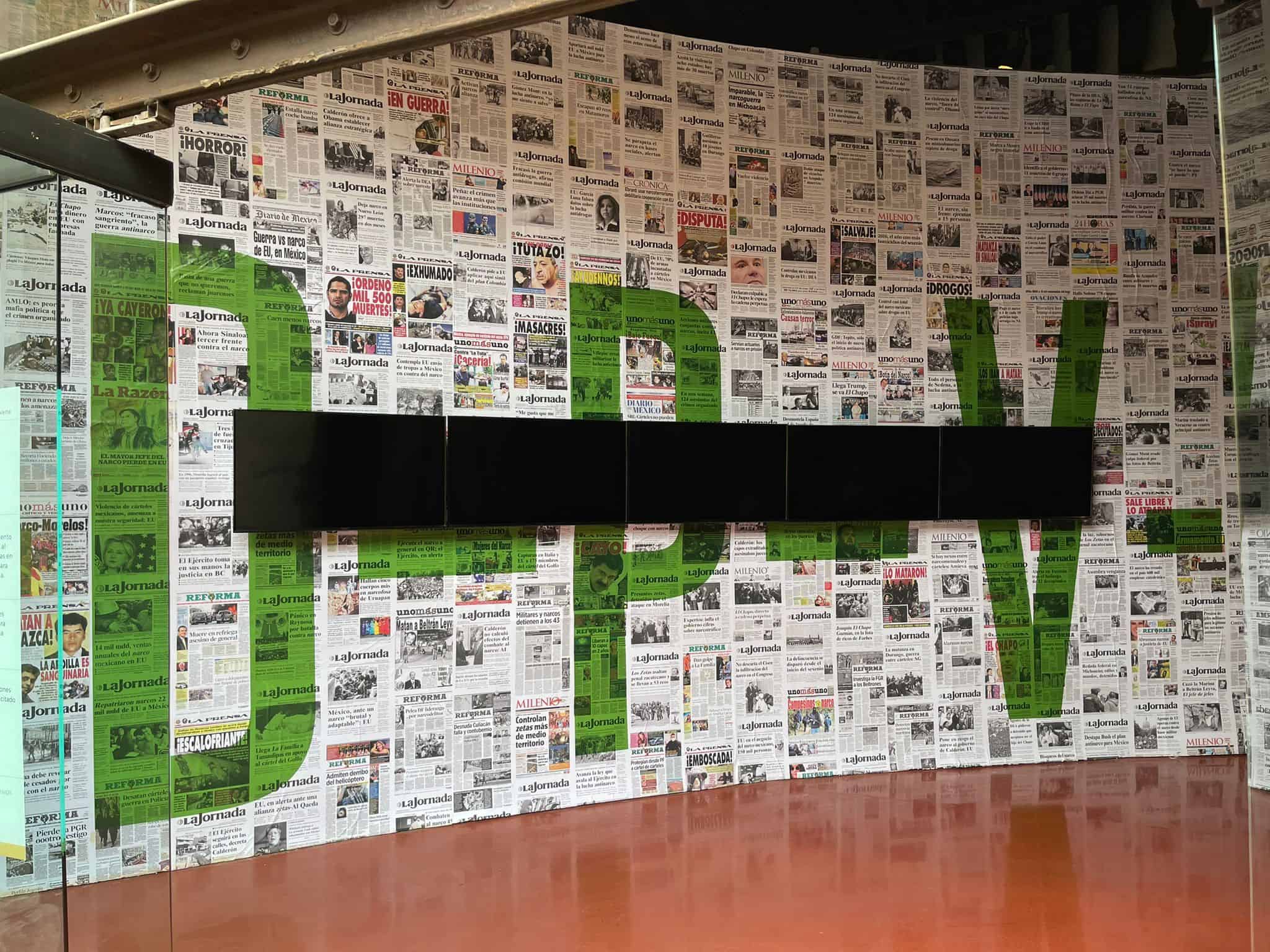
That is why we had put our eye over how the war against drugs impacts the enviroment. Gena Steffens spent a lot of time in Guaviare, in southern Colombia and on the edge of the Amazon rainforest. She managed to get on the helicopters that take troops to points in the jungle, and took the opportunity to photograph deforestation patterns from the air.
The Mexican artist Yael Martínez, who faced the disappearance of three family members, sought ways to portray the violence in the daily life of the state of Guerrero. How to portray the sweetness of the poppy petals and, at the same time, the number of pores through which violence can enter one of the largest opium producers in the world? Yael chose the color red: poppy red, blood red. In those same mountains, Cesar Rodriguez finds entire families working the land: boys and girls, adults and the elderly. For them this crop is a way of subsistence. “What they earn is to survive, not to get rich,” this photographer says.
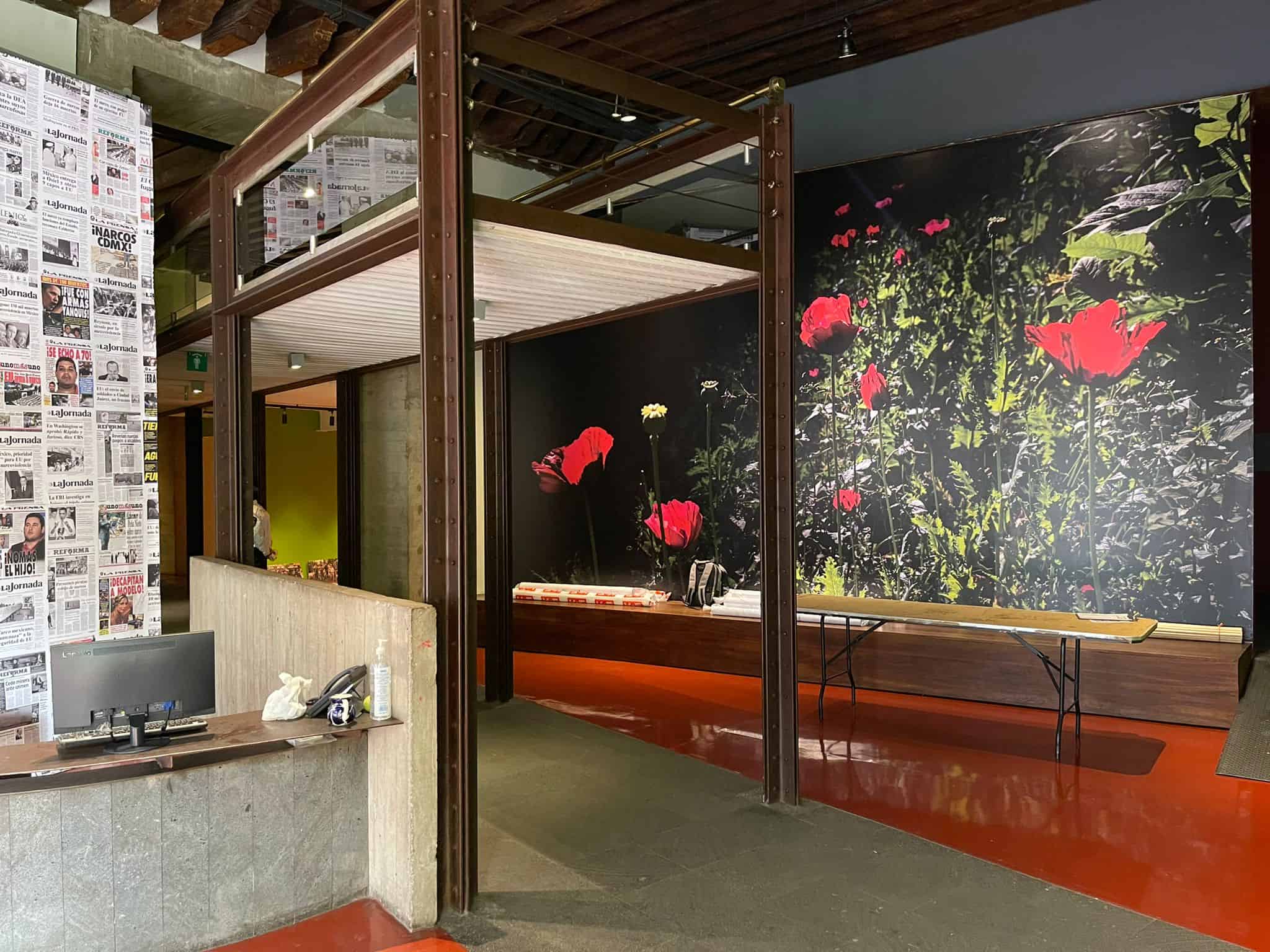
Jorge Panchoaga made a decision: “We cannot condemn photography to only seeing the present and what the eyes see. We should allow it to imagine the world,” he states and turned it into work. Colombian photographer, son of the mixture between an indigenous family and an urban peasant, imagined worlds that are not abstract daydreams: his works range from ethnography to science fiction, from historical research and intervention in the public debate to the exploitation of territories dreamlike. In the exhibition you can visit River Leaves, Amapola, Saliva de pensamiento and Historia Natural del silencio.
Both the Argentine visual artist and anthropologist Nicolás Janowski with “Intelligence of the flowers” and the Sub Cooperativa photographers (Gisela Volá, Nicolás Pousthomis and Gerónimo Molina) set out to work on Cannabis consumption. Janowski developed a visual, sonic and photographic exploration of marijuana, its link with people and the way it transforms sensory experiences. In the case of Sub Cooperativa, they take the focus out the usual images that are built around consumption and decided to explore compositions of everyday life: a group of people with fashionable clothes, unique, laughing out loud. A man staring at the ceiling, bare-chested, fit, with money. A young man in an immersion bath devoted to pleasure.
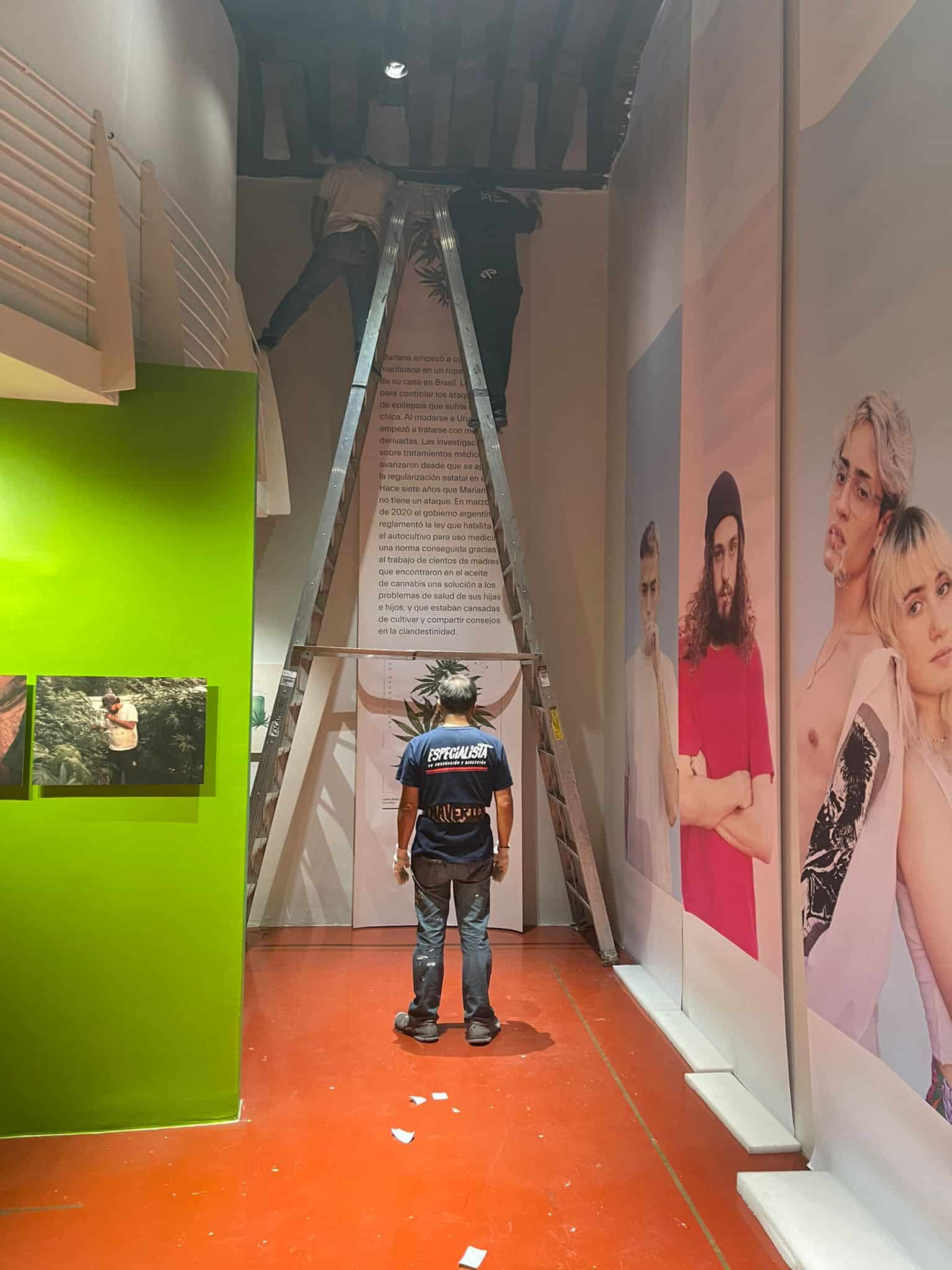
Consumo Ilustrado, a project made in collaboration with Dromónamos and El Surti, tells intimate stories in graphic format: from a doctor who experiments with different substances, a communicator who uses LSD, a mother who used heroin when she lost her son to a public official who sells marijuana in his spare time. It is about keeping an eye close to where Nancy Reagan (former first lady of the United States) proposed not to observe and “Just Say No” (just say no).
Santiago Carnero goes through the history of the “Brasiguayo joint”, which floods South America. With illustrations by Robert Báez, the work tells how patients, mothers and fathers, businessmen, farmers and scientists work for Paraguay to regulate the cultivation and use of the plant, to go along a possible path: to be the largest legal producer of South America, to generate public income, improve health and give work with a plant that here almost grows by itself.
While photojournalist Sara Aliaga y political scientist Ara Goudsmit (both Bolivian) worked with coca-growing women from a small town near La Paz, Brazilian Bruno Morais recorded what happens in a natural paradise of beaches and surfers when tourism leaves: disputed territories and all kinds of problems related to drugs arise. Bruno settled in a bar where fishermen met and make friends with a bunch of them.
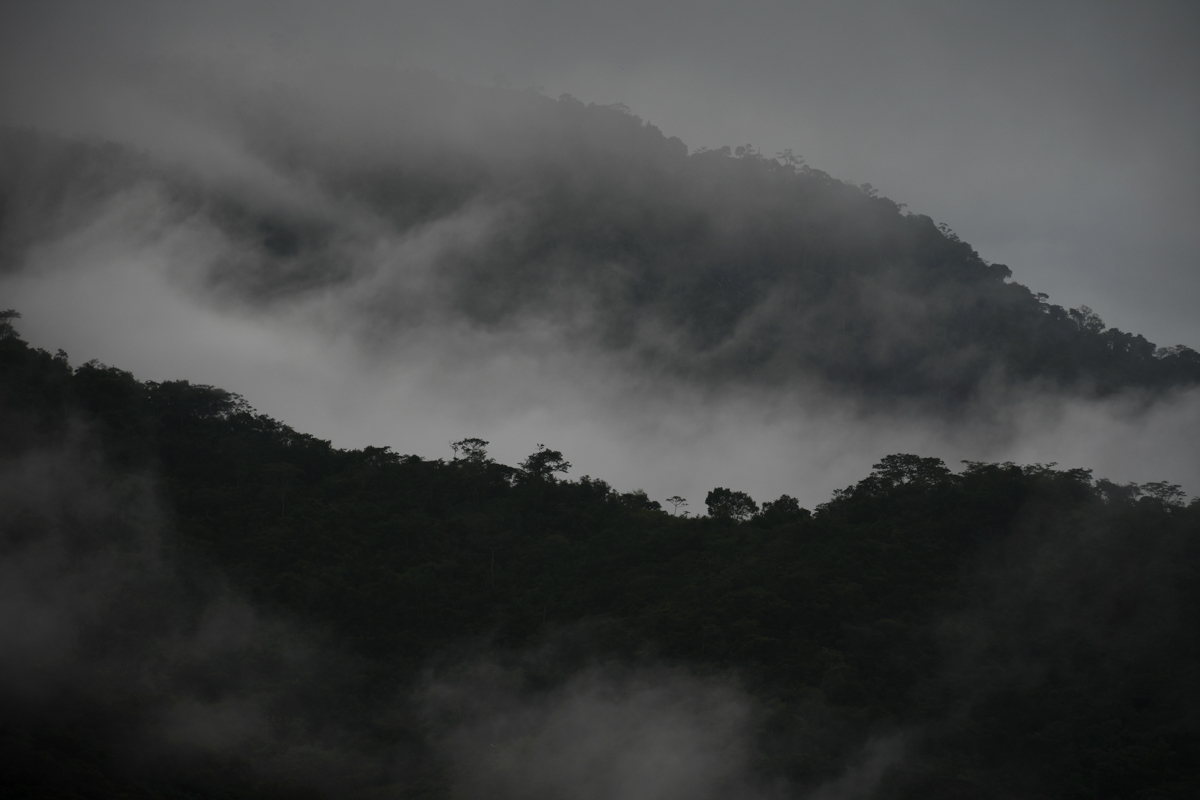
The value of drugs increases as the product gets closer to those who buy to consume it. Each kilogram of opium gum that Mexican farmers sell for $ 780 costs $ 50,000, once converted into heroin and placed in major cities in the United States. Every kilogram of cocaine or marijuana that leaves rural areas can multiply up to five hundred times its value when it reaches final users. The bulk of the money remains in the hands of criminal groups, money launderers, officials and corrupt police. The largest percentage of these profits is handled from the final destination countries.
Meanwhile, Carlos Villalón followed the coca route, from the Andes Mountains to New York. He met the Murui Muinai (who can hear the plant in the Colombian Amazon) and heard the cry of the mothers of young Afro-Latinos locked up for micro-trafficking in privately run prisons. He published in 2019 the book Coca: la guerra perdida.
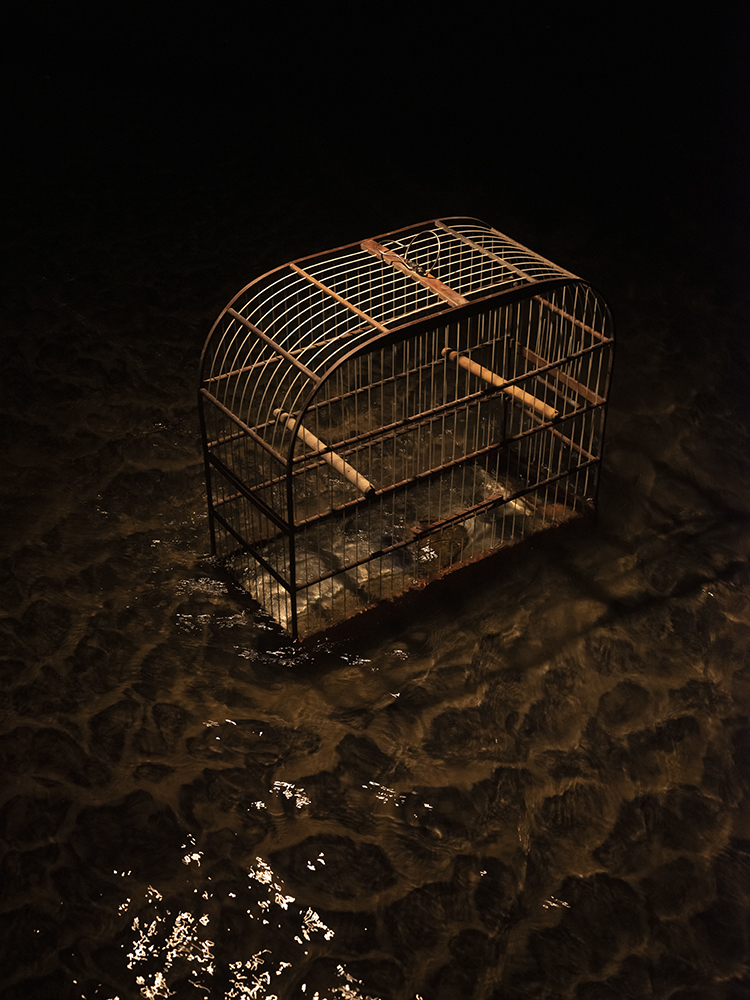
From Ecuador, Johis Alarcón tells, in Ghetto Dreamers, the experiences of two women deprived of liberty for marijuana trafficking. “30 percent of the entire prison population is related to drug crimes; they are young people between 19 and 35 years old, the majority are obviously mules, transporters or micro-traffickers”. And you, how long would you spend in prison, if you were discovered? What happens if you get caught with marijuana on the street? What if the police suspect you are a dealer? Choose your adventure, but be careful: even if it seems like a game, the drama is real.
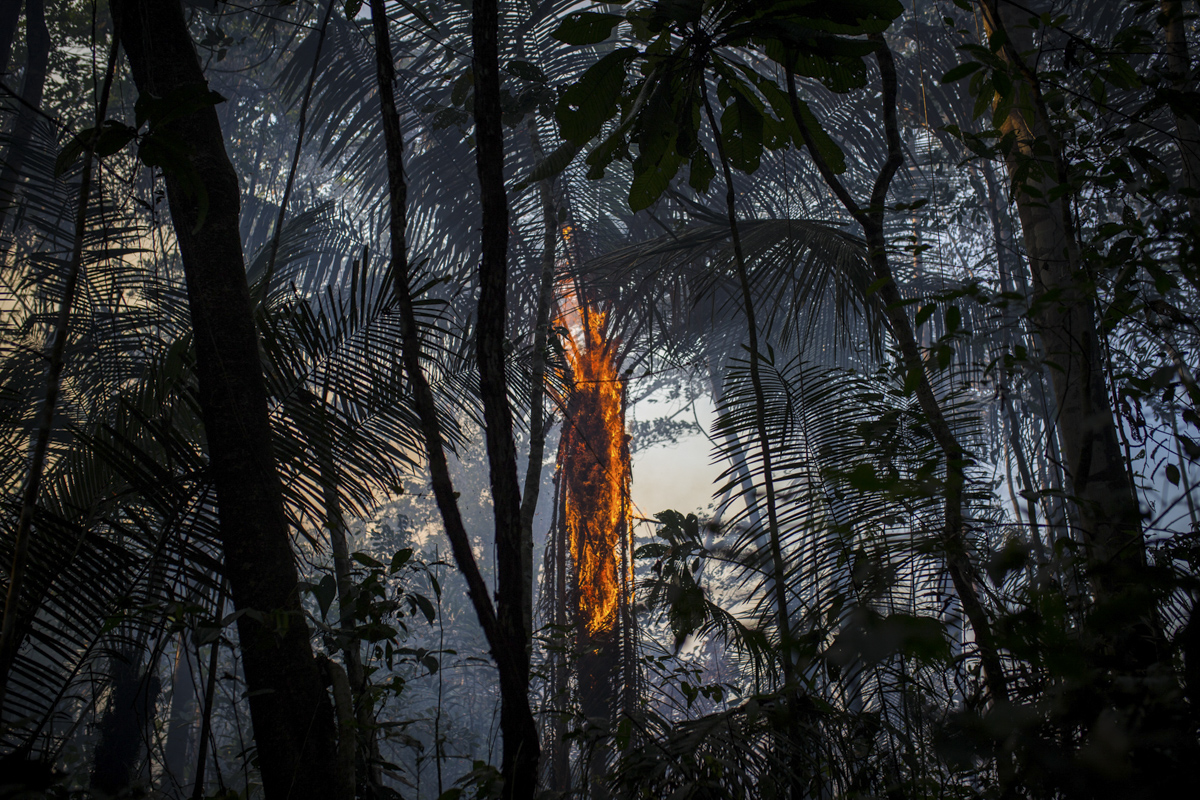
On the tour you will also find the police chronicles of backpackers in the world’s second largest cocaine producer in the world, by the Peruvian Max Cabello Orcasitas. Andrés Cardona, from Colombia, tells stories about strong women from the Guayabero region: a young woman born in the middle of displacement, a former guerrilla who tries to heal the population with medical knowledge, a woman who cries for her daughter’s mental illness. They dream of growing papaya instead of coca. Through a journey into the processes of planting, production and commercialization of the coca leaf, Charlie Cordero, also from Colombia, approaches the worldviews of the Nasa and Kogui peoples around the plant.
With the DPV project we try to contribute new perspectives that allow us to get rid of the fears that the prohibitionist system instilled in our societies to learn that it is possible to live in peace with drugs.
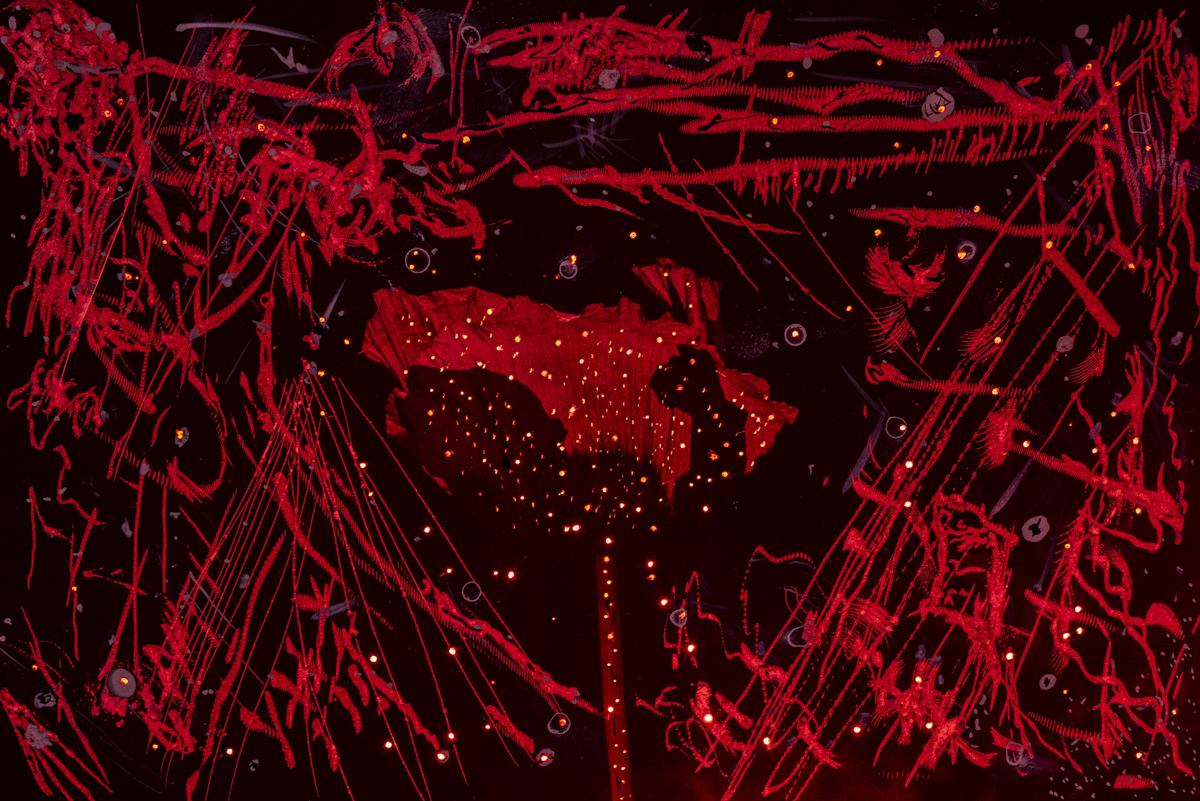
The exhibition will be display at the rooms of the Centro de la Imagen from June 10th to September 12th, 2021 and will feature an extensive program of parallel activities. Another part of the project will be presented in public space: starting on June 17th, it will be seen at Reforma Avenue and during the month of July at Chapultepec.
Within the program of activities of the exhibition, independently, the producer Dromómanos that investigates and coordinates journalistic projects will celebrate the DromoFest with guests from more than 10 countries. The digital meeting will take place on June 16 and 17, 2021 on its website: dromofest.org.
